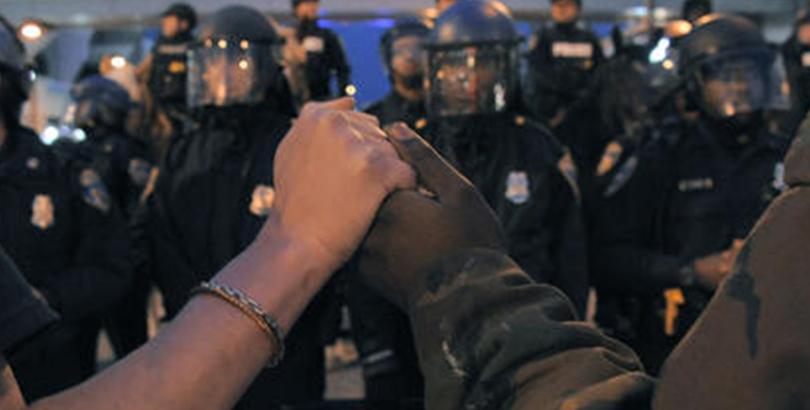On April 12, Freddie Gray, an African-American man, was arrested by six officers from the Baltimore Police Department for the suspected possession of an illegal knife. According to the Guardian, Gray’s neck was broken during police custody, but officers failed to provide him with medical attention despite his continuous requests. Ultimately, Gray passed away a week after his arrest. Police reports ascribe Gray’s death to a spinal cord injury and formal charges have been filed against the officers involved. The alleged homicide is still under investigation and many unanswered questions still exist.
After Gray’s death became publicized, citizens organized violent protests citing police brutality, which led the state government to declare a state of emergency within the city limits of Baltimore. According to the Small Business Administration, destruction is estimated at $9 million affecting 285 businesses during the one-month long riots.
“Because Baltimore is one of the most racially segregated cities in the United States, police brutality has always been a big problem here,” said James Lee, SIS Alumnus and student at Johns Hopkins University. “However, when the black population, the majority of the Baltimore, learned about [Gray,] some people got swept away by the mob mentality and began to loot stores and burn buildings.”
Two weeks after the death of Gray, the Baltimore government issued a five-day long curfew in response to the series of violent riots. Despite criticism from residents and shop-keepers who argued that their economy was being negatively impacted, Stephanie Rawlings-Blake, mayor of Baltimore, stood by the curfew, claiming it was necessary to maintain control in times of civic disruption.
“Although there are many publicized cases of violence in Baltimore, people need to understand that everything is a lot better now, and that were many peaceful protests,” James said. “The few people that decided to protest violently were those who were already fed up with the segregation in [their city] and allowed the Gray case to act as a trigger. Unlike the media’s [portrayal], there is no more violence at this point, and it is mostly college students and town residents who are participating in peaceful protests.”
Currently, all six police officers in connection with Gray’s death have been charged with felonies such as involuntary manslaughter, second-degree assault, misconduct in office and false imprisonment.

